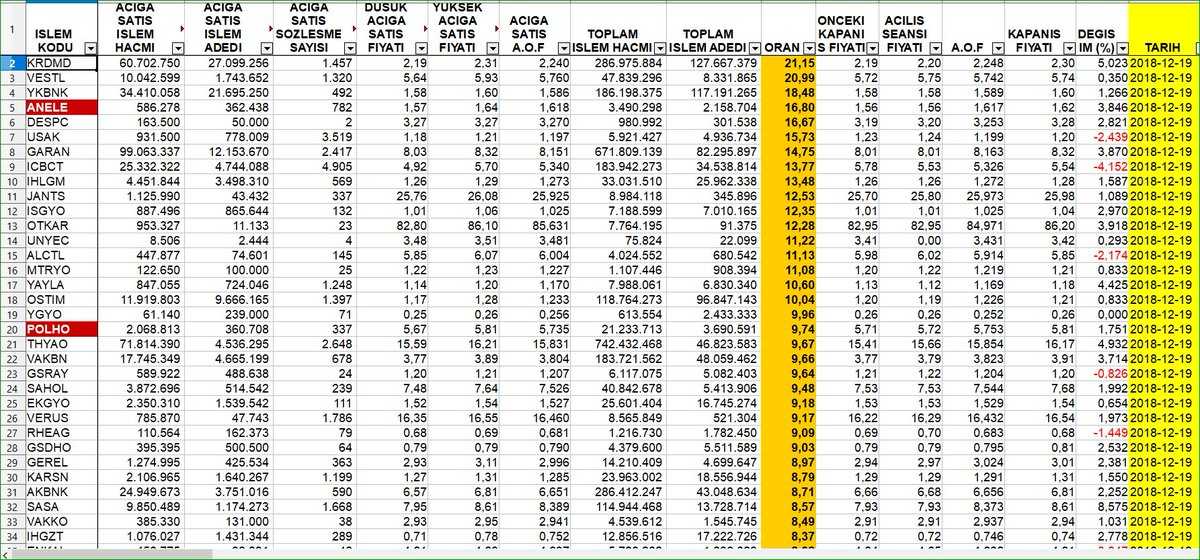There are several things you must be aware of regarding tires. The type and version of your vehicle will determine what size of tire you need to purchase. Tires are available in various sizes and forms based on the kind of vehicles you drive, the features you require, and the amount of cash you invest.
Consider each of these points in further detail now. While wheel diameter is primarily related to how snugged the car is. The wider wheels, the more durable your car is on the road. Meanwhile, tire height greatly impacts how comfy a vehicle is.
As a result, the 305 tire size is quite massive, but if you’re interested in learning more about large tires and how to avoid mismatched tire sizes, keep on reading!
There are several aspects you should be conscious of about tire size. First, your car’s brand and version will determine what size of tire you require. Bigger tires are needed for certain autos than others. For instance, a vehicle with a bigger engine may require a larger tire than a standard engine.
Secondly, the nature of the landscape you will be traveling on will determine your required tire size. You could necessitate a smaller tire, for instance, if you want to drive on concrete, flat roads. Wider, performance tires could be essential if you plan to drive over treacherous terrain.
Lastly, your wheel size’s diameter can decide your tire type. A vehicle with a smaller rim might require a smaller tire than one with a bigger rim.
How Wide Is 305 Tire?Because tire width is usually defined in inches, 305 tire size in inches is 305mm wide, or around 12 inches. 305 tire size is the distance between a tire’s inside and outside sidewalls. As a result, it is broad and is typically used on performance vehicles, larger vehicles, or tuned automobiles.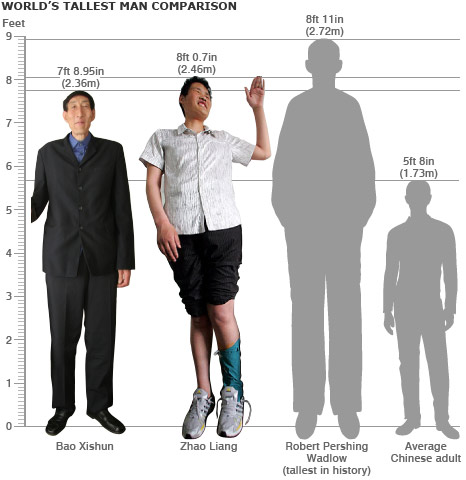
The largest wheel that can accommodate the tire’s mounting is one with a rim diameter of 20 inches. How tall a 305 tire size is represented by the total diameter, which is 33.2 inches (844 mm), representing the tire’s radius.
The outside dimension of the tire is approximately 104 inches (2650 mm). Tire rotations, or tire revolutions per mile, measure how many times a tire rotates while traveling a given distance in miles.
The vast majority of vehicles that don’t come standard with 305 tires are almost certainly not going to match 305 tires with no changes.
What Is 305 Tire Size Benefits?Using a 305 tire size for your car has many advantages. With this tire size, your car can manage motion, maintain internal structure, carry heavier loads, and be protected from collisions. These above are among the most crucial benefits of using a 305 tire size. The advantages to your car considerably enhance if you use the correct tire dimensions and kind of tires.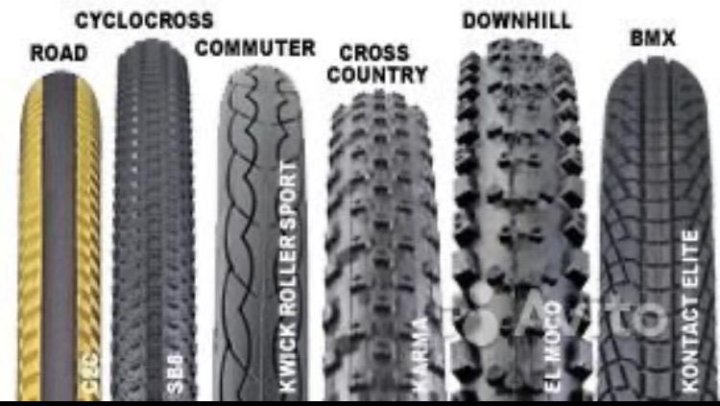
The 305 tire size has a robust tire tread pattern. This feature will improve the ability to grasp the surface, which enhances traction. If you use the suitable 305 tire size for your vehicle, your car can be safeguarded against accidents.
If you own larger, heavy-duty vehicles, it’s advised to use a 305 tire. The automobile’s motion can be managed by using the tire’s toughness. The car may operate unpredictably if the tire is too small. A car with an incorrect tire size may slide if its tires are too small because there isn’t enough air pressure.
Do 305 Tires Support More Loads?Since a vehicle’s tires are what anchor it to the ground, its load is equitably spread among its four edges. The ability to sustain additional weight is determined solely by how evenly the tire pressures are spread throughout the tire’s bigger contact surface.
A bigger tire will make your vehicle more stable under the additional load if you operate a commercial vehicle and frequently carry objects. This will not, moreover, imply that larger tires are preferable for hauling because a larger contact patch distributes less horsepower, weakening the motor.
This will not, moreover, imply that larger tires are preferable for hauling because a larger contact patch distributes less horsepower, weakening the motor.
They do, in fact. This is due to the wider rail’s bigger contact surface and greater weight distribution. The stability of the vehicle will increase with the width of the road.
The place in the middle of the car wherein all of its weight congregates is known as the gravity center. The stability of the car increases with decreasing center of gravity.
Are 305 Tires Having More Improvement In Traction?They are, indeed.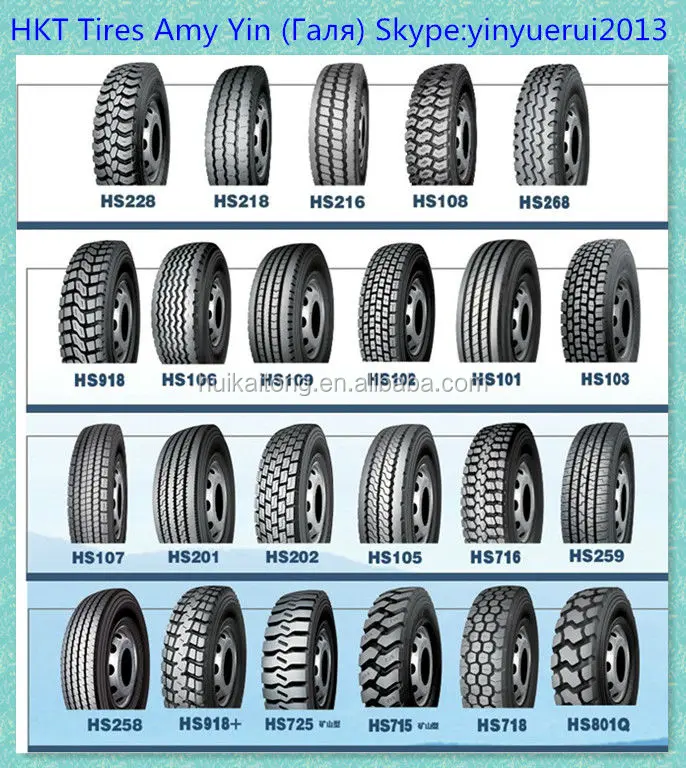 A 305 tire has a significantly higher frictional coefficient than a narrower tire, which eventually results in more traction. Because a larger tire applies greater surface force to the roadway, it will often provide more grip in most situations.
A 305 tire has a significantly higher frictional coefficient than a narrower tire, which eventually results in more traction. Because a larger tire applies greater surface force to the roadway, it will often provide more grip in most situations.
Due to their size and weight, 305 tires are more durable than narrower wheels. As a result, they are stronger and find it harder to go over the rim under heavier loads. They are more resilient in most situations because they can manage more weight while exerting additional power.
What Are 305 Tire Size Disadvantages?Despite the fact that 305 tires have a variety of unique benefits, we can still acknowledge that there are still some downsides. Wide tires generally reduce the horsepower production of your vehicle because they require more energy to move due to their broader size.
Your vehicle’s fuel efficiency will deteriorate due to the bigger tires’ higher friction coefficient.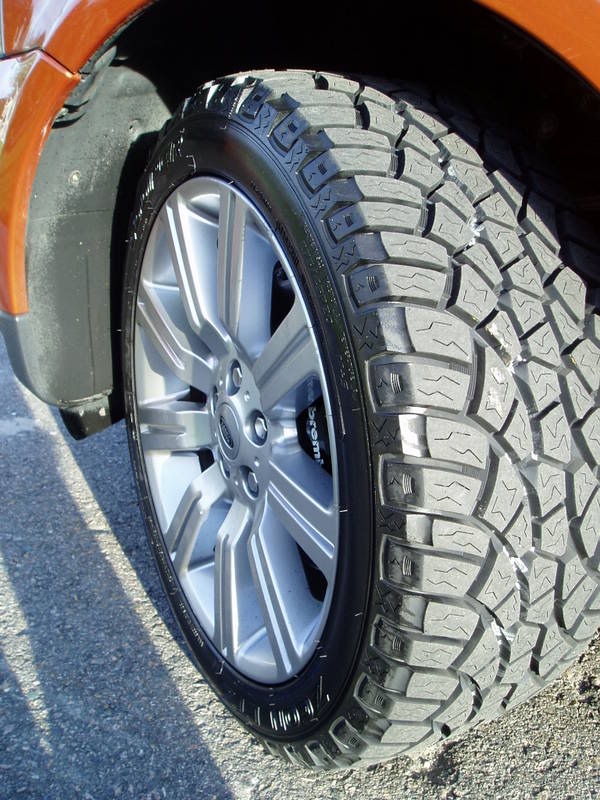 The fact that 305 tires are less prevalent is only one factor that makes them more costly.
The fact that 305 tires are less prevalent is only one factor that makes them more costly.
In addition to being uncommon, these tires are frequently made specifically for performance vehicles, which implies that the materials used to make them are much more advanced and hence more pricey than other affordable tires.
Larger tires are sluggish and less likely to shift directions quickly. They also break out much more quickly, particularly on heavy-duty vehicles. Your powertrain may experience extra pressure if you modify the diameter of your tires in those other ways.
FAQsWhat Size Is A 305 Tire?The width of the 315 tires is roughly 12.4 inches.
How Tall Is A 305 Tire?The height of the 315 tires is about 34.36″.
How Big Is A 305 Tire?33.21 inches is the 305’s total diameter. The majority of 305 tires are compatible with 16-inch-diameter rims.
How Much Bigger Are 305 Tires Than 275 Tires?Both the length and width of a 305 tire are greater than those of a 275 tire, though the height disparities between the various types of tires might vary.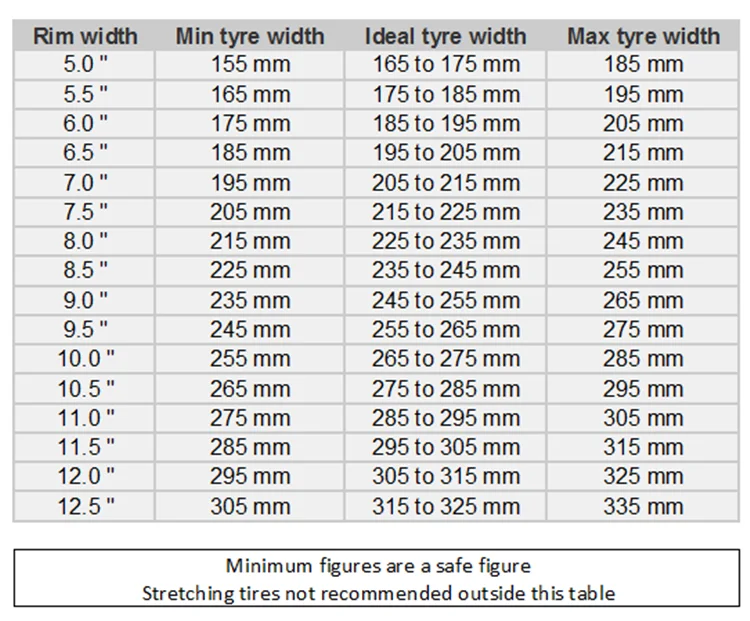 For instance, a 305 tire size is approximately 0.77 to 0.83 inches higher than a 275 tire size.
For instance, a 305 tire size is approximately 0.77 to 0.83 inches higher than a 275 tire size.
A 305 will constantly be higher than a comparable-sized smaller tire, although the distinctions are frequently negligible and erratic. Even a 1-inch elevation will change how the car handles to drive and impact your overall driving performance.
ConclusionSelecting the right tire size is a critical choice. The width of a 305 tire size in inches is 305mm, or roughly 12 inches. If you wish to change to larger tires, you should know a few advantages and disadvantages.
Due to their size, only a select few specific kinds of automobiles even come standard with 305 tires. You may need to make some serious modifications to your vehicle if you wish to install 305 tires into it; most cars come standard with much smaller tires.
See more:
Tires come in a variety of shapes and sizes depending on the type of car you own, what you want from it, and how much are you willing to spend. Tire height directly influences how comfortable a car is while tire width is mostly associated with how grippy the car is. As such, a 305 tire is indeed big, but if you want to know the ins and outs of large tires, be sure to read this article.
Tire height directly influences how comfortable a car is while tire width is mostly associated with how grippy the car is. As such, a 305 tire is indeed big, but if you want to know the ins and outs of large tires, be sure to read this article.
Tire width is measured in inches which means that a 305 tire is 305mm wide or approximately 12 inches. As such, a 305 tire is indeed wide and mostly found on performance cars, heavy-duty cars, or tuned cars. Most vehicles that don’t come with 305 tires from the factory are likely not going to fit 305 tires without any modifications.
The tires are what connect a car to the road which means that the weight of the car is being distributed evenly across all four corners. If the tire is wider, it means that the weight is distributed across a larger contact patch which ultimately means that you are able to support more weight.
If the tire is wider, it means that the weight is distributed across a larger contact patch which ultimately means that you are able to support more weight.
If you own a truck and you tend to haul stuff often, a wider tire is going to make the car more composed with all the added weight on top of it. However, this does not mean that wider tires are better for towing as a wider contact patch transmits less torque thus making the engine weaker.
Are 305 Tires More Stable Than Thinner Tires?Yes, they are. This is because the contact patch is greater and the weight is being distributed better thanks to a wider track. The wider the track the more stable the car is going to be. This is where the center of gravity also comes into play as a wider track and a lower center of gravity basically do the same thing.
The center of gravity is associated with a central point where the car’s entire mass meets. The lower the center of gravity, the more stable the car is. On the other hand, a wider track offers the same effect as it distributes that mass across a wider area and thus makes the car even more stable. You can increase the track width of your car in two different ways.
On the other hand, a wider track offers the same effect as it distributes that mass across a wider area and thus makes the car even more stable. You can increase the track width of your car in two different ways.
Yes, they do. The coefficient of friction is much greater with a 305 tire compared to a narrower tire which ultimately leads to more grip. A wider tire exerts a higher surface pressure onto the road which means that in most circumstances, a wider tire is going to offer more traction.
On the other hand, if you come across standing water, heavy snow, or slush, a narrower tire is going to be better because the pressure it applies leaves a narrower footprint. This means that a narrower tire can cut through snow and water a lot better which means more traction.
Are 305 Tires Tough?305 tires are indeed tougher when compared to narrower tires as they are both larger and heavier. This means that they are able to support more weight and that it is a lot more difficult for them to slip off the rim. They can hold more mass with higher levels of control which means that they are tougher in most circumstances.
They can hold more mass with higher levels of control which means that they are tougher in most circumstances.
This is why many performance cars come with wide, low-profile wheels and tires because there are designed to cope with changing directions better than narrow tires. The lateral G forces these types of tires cope with are much greater which means that these tires are indeed tougher.
Is A 305 Tire Taller Than A 275 Tire?A 305 tire is both wider and taller than a 275 tire, but the differences in height vary across different brands and types of tires. For example, a 305/70R16 tire is about 0.83 inches taller than a 275/70/R16 tire while a 305/65R18 tire is 0.77 inches taller than a 275/65R18 tire.
A 305 is always going to be taller when compared to a similarly sized narrower tire, but the differences tend to be small and inconsistent. However, a 1-inch lift does influence your overall ride height and makes the car feel different to drive.
Even though 305 tires have a few distinct advantages, we have already touched upon a few 305 tire drawbacks during this article. The wider the tire, the more force it takes to get them going which means that wide tires essentially lower your car’s power output. Increased rolling resistance created by wider tires also means that your car is going to suffer from worse fuel economy.
305 tires tend to be more expensive for a variety of different reasons, one of which is because they are not as common. Besides being rare, they tend to be purpose-built for performance cars which means that the compounds used for these sorts of tires are more sophisticated and thus more expensive.
Another relatively important 305 tire drawback is the increased chance of aquaplaning while going through deeper puddles of water. A wider tire is also not going to be able to keep track of a narrower tire through heavy snow or slush.
Wider tires wear out faster, especially on performance cars while also being slower and more unwilling to change direction briskly. Changing your tire dimensions in other ways can also cause additional strain on your transmission.
305 tires are wide section tires where the width across the contact patch measures 305mm (about 12 inches) between the two sidewall areas. This comes with a few benefits and drawbacks you need to keep in mind if you want to upgrade to wider tires.
305 tires are so big that only a distinct few types of cars even come with 305 tires from the factory. If you want to fit 305 tires on your car that usually come with significantly narrower tires, you will have to modify it quite substantially.
For example: you have a 175/70 R13 wheel on your car. Using this table, we determine the profile height of your tire 175 by 70, we get 12.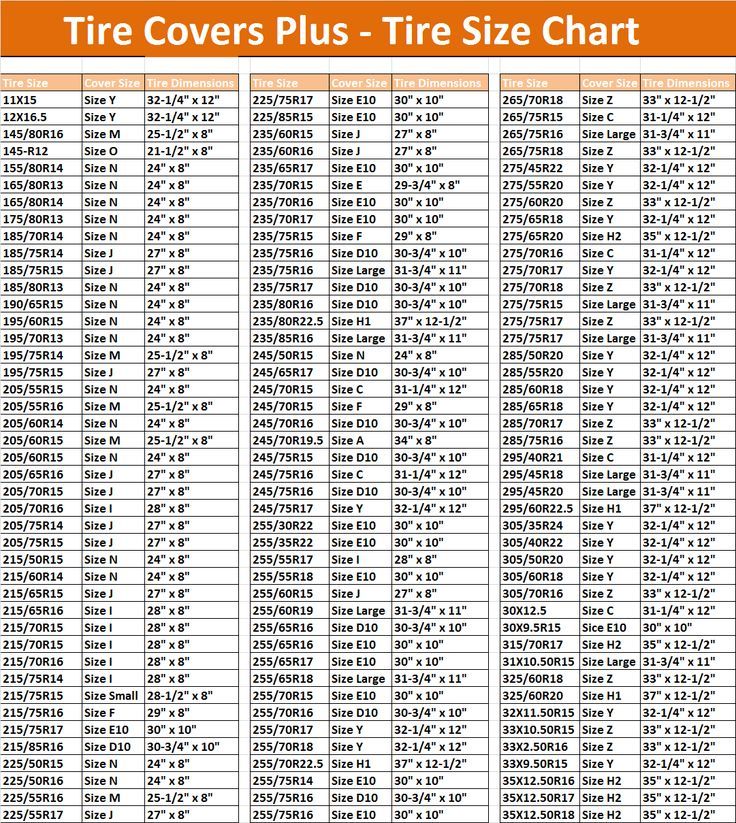 2 cm. If you want to put the tire wider and leave the wheel height the same, then select a value close to 12.2 from the table.
2 cm. If you want to put the tire wider and leave the wheel height the same, then select a value close to 12.2 from the table.
We get the size 205/60 R13. If you want to increase the size of the disk, leaving the wheel height the same, the following calculations are necessary: 175/70 R13 the profile of this wheel according to the table is 12.2 cm, multiply it by 2 because. wheel height consists of two profile values 12.2x2=24.4 cm. Next, add the size of the disc, R13 is 13 inches, convert to cm. 13x2.54=33cm. Then add the two values 24.4+33=57.4cm. this is the full height of the wheel. Now, having done some simple calculations, you will understand that you can put 195/50 R15 or 185/60 R14, for these sizes, the wheel height is about the same - 57cm. But we should not forget that with an increase in the width of the tire, it is desirable to increase the width of the disk. Usually, the standard wheel height on the machine can be increased by 1, maximum 2 sizes. Before you change the dimension of the wheel, you can always consult with our highly experienced specialists.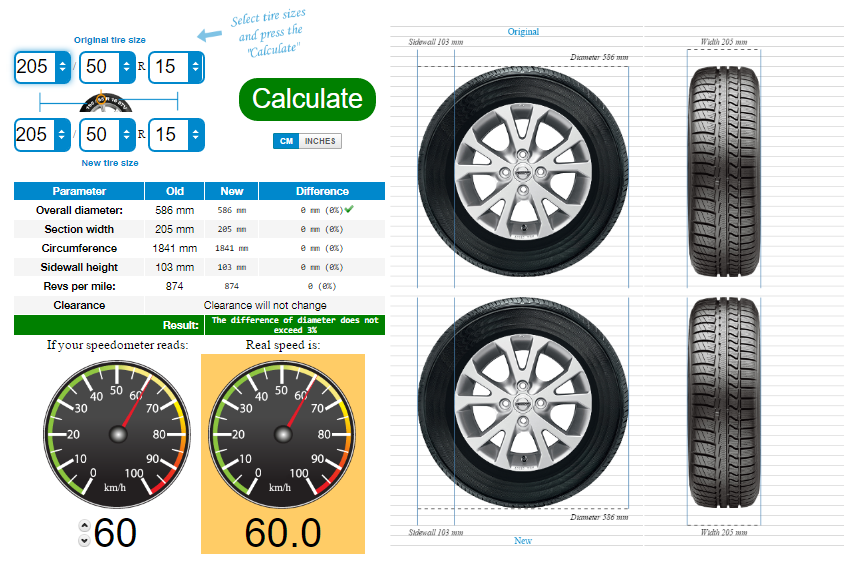 In some cases, the car has regular wheels of the same radius, but different widths, and the height of the wheels must be the same. (BMW 7 SERIES front 235/50 R 18, rear 255/45 R18). For all these calculations, this table was created.
In some cases, the car has regular wheels of the same radius, but different widths, and the height of the wheels must be the same. (BMW 7 SERIES front 235/50 R 18, rear 255/45 R18). For all these calculations, this table was created.
| shk | 155 | 165 | 175 | 185 | 195 | 205 | 215 | 225 | 235 | 245 | 255 | 265 | 275 | 285 | 295 | 305 | 315 | 325 |
| vp | ||||||||||||||||||
| 30 | 7.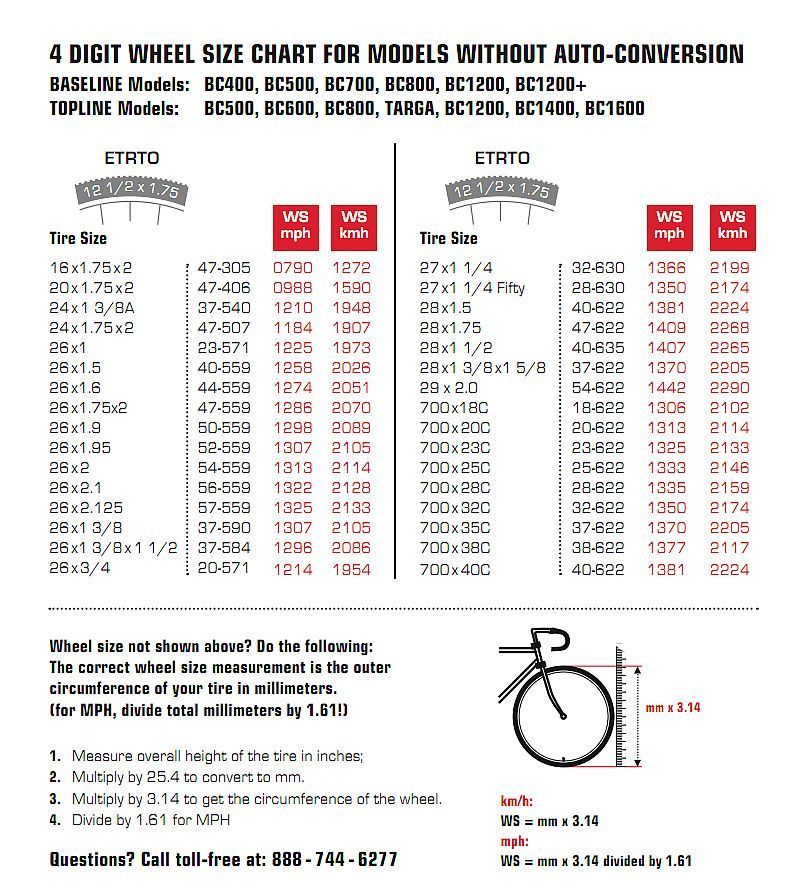 6 6 | 7.9 | 8.2 | 8.5 | 8.8 | 9.1 | 9.4 | 9.7 | ||||||||||
| 35 | 8.2 | 8.6 | 8.9 | 9.3 | 9.6 | 10 | 10.3 | 10.7 | 11 | 11.4 | ||||||||
| 40 | 8.2 | 8.6 | 9 | 9.4 | 9.8 | 10.2 | 10.6 | 11 | 11.4 | 11.8 | 12.2 | 12.6 | 13 | |||||
| 45 | 8.8 | 9.2 | 9.7 | 10.1 | 10.6 | 11 | 11.5 | 11.9 | 12.4 | 12.8 | 13.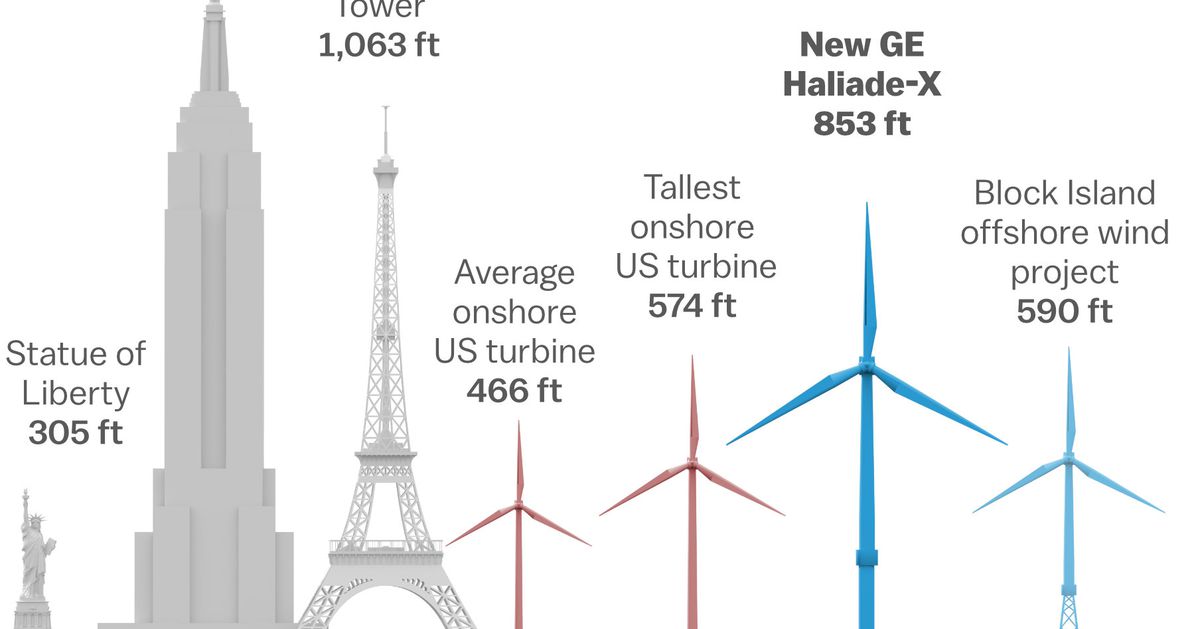 3 3 | 13.7 | 14.2 | 14.6 | ||||
| 50 | 9.8 | 10.2 | 10.7 | 11.2 | 11.7 | 12.2 | 12.7 | 13.2 | 13.7 | 14.2 | 14.7 | 15.2 | 15.7 | 16.2 | ||||
| 55 | 10.2 | 10.7 | 11.3 | 11.8 | 12.4 | 12.9 | 13.5 | 14 | 14.6 | 15.1 | 15.7 | 16.2 | 16.8 | 17.3 | 17.9 | |||
| 60 | 10.5 | 11.1 | 11.7 | 12.3 | 12.9 | 13.5 | 14.1 | 14.7 | 15.3 | 15.9 | 16.5 | 17.1 | 17.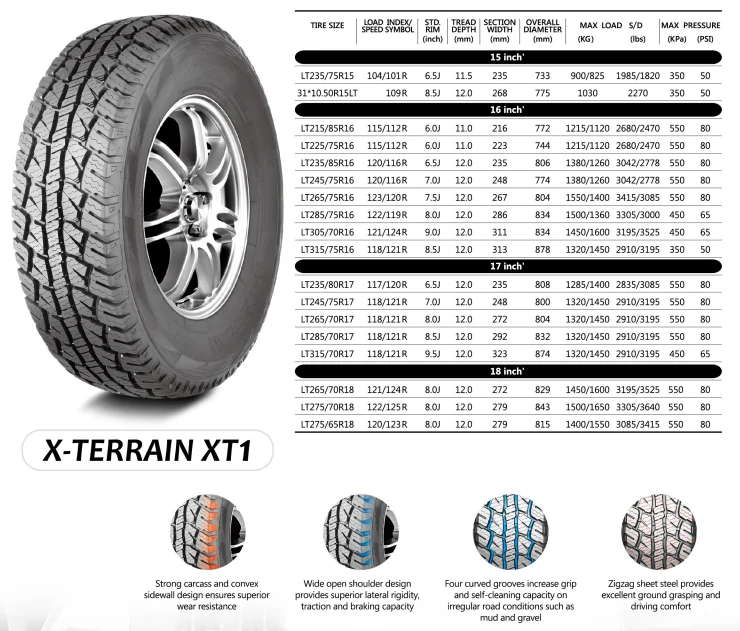 7 7 | 18.3 | 18.9 | 19.5 | ||
| 65 | 10 | 10.7 | 11.4 | 12.6 | 12.8 | 13.3 | 14 | 14.6 | 15.3 | 15.9 | 16.6 | 17.2 | 17.9 | 18.5 | 19.1 | 19.8 | 20.5 | 21.1 |
| 70 | 10.8 | 11.5 | 12.2 | 12.9 | 13.6 | 14.3 | 15 | 15.7 | 16.4 | 17.1 | 17.8 | 18.5 | 19.2 | 19.9 | 20.6 | 21.3 | 22 | 22.7 |
| 75 | 11.6 | 12.4 | 13.1 | 13.9 | 14.6 | 15.4 | 16.1 | 16.8 | 17.6 | 18.4 | 19.1 | 19.9 | 20. 6 6 | 21.4 | ||||
| 82 | 12.7 | 13.5 | 14.3 | 15.2 | 16 | 16.8 | 17.6 | 18.4 | 19.3 | 20 | 20.1 | 21.7 | 22.5 |
sh - wheel width, vp - profile height
| load index | tire load, kg | load index | tire load, kg | load index | tire load, kg |
| 62 | 265 | 88 | 560 | 114 | 1180 |
| 63 | 272 | 89 | 580 | 115 | 1215 |
| 64 | 280 | 90 | 600 | 116 | 1250 |
| 65 | 290 | 91 | 615 | 117 | 1285 |
| 66 | 300 | 92 | 630 | 118 | 1320 |
| 67 | 307 | 93 | 650 | 119 | 1360 |
| 68 | 315 | 94 | 670 | 120 | 1400 |
| 69 | 325 | 95 | 690 | 121 | 1450 |
| 70 | 335 | 96 | 710 | 122 | 1500 |
| 71 | 345 | 97 | 730 | 123 | 1550 |
| 72 | 355 | 98 | 750 | 124 | 1600 |
| 73 | 365 | 99 | 775 | 125 | 1650 |
| 74 | 375 | 100 | 800 | 126 | 1700 |
| 75 | 387 | 101 | 825 | ||
| 76 | 400 | 102 | 850 | ||
| 77 | 412 | 103 | 875 | ||
| 78 | 425 | 104 | 900 | ||
| 79 | 437 | 105 | 925 | ||
| 80 | 450 | 106 | 950 | ||
| 81 | 462 | 107 | 975 | ||
| 82 | 475 | 108 | 1000 | ||
| 83 | 487 | 109 | 1030 | ||
| 84 | 500 | 110 | 1060 | ||
| 85 | 515 | 111 | 1090 | ||
| 86 | 530 | 112 | 1120 | ||
| 87 | 545 | 113 | 1150 |
| speed index | speed, km/h | speed index | speed, km/h |
| J | to 100 | S | to 180 |
| K | to 110 | T | to 190 |
| L | to 120 | H | to 210 |
| M | to 130 | V | to 240 |
| N | to 140 | W | to 270 |
| R | to 150 | Y | to 300 |
| Q | to 160 | VR | over 210 |
| R | to 170 | ZR | over 240 |
Calculate
| |||||||||||||||||||||||||||||||||||||||||||||||||||||||||||
